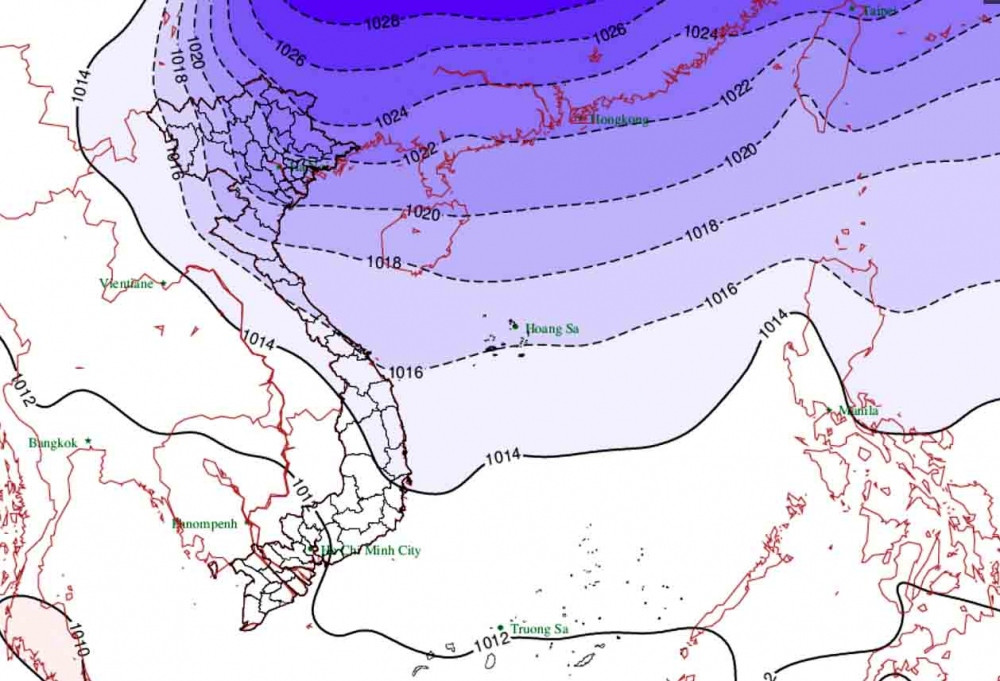

The cold snap immediately sent temperatures falling sharply to 15-18 degrees Celsius in the plains, and to 12-15 degrees Celsius in the highlands. Several localities in the mountainous area even recorded a low of 11 degrees Celsius.
Notably, the cold snap is bringing showers to northern and central regions. The National Centre for Hydro-Meteorological Forecasting reported that several northern border mountainous localities such as Lao Cai and Ha Giang received heavy rain of more than 100mm in just seven hours over night on November 12.
The band of rain is also moving southward, with scattered showers spreading across the north-central and central areas. Statistics showed that the cold air wave unleashed up to 105mm in Quang Binh, 96mm in Quang Ngai, 93mm in Nghe An, 75mm in Quang Tri, and 64mm in Ha Tinh.
Heavy rain is likely to cause water levels in major rivers in the central region to swell up to second or even third – the highest - alert levels, warned national meteorologists.
According to weather experts, another strong cold air wave is expected to hit northern Vietnam on November 16, that may last for several days.
Extreme cold is anticipated to grip northern Vietnam in late December 2023 and early 2024. However, cold snaps will not be as long and cold as in previous years, said weather experts.
Source: VOV